why machine-based training
isn't the answer

Machine-based training has become popular for lumbar spine rehabilitation. Ads are everywhere, and, for some poeple, it may work, due to the general to specific rule, in which untrained people will generally respond to any stimulus for a period of time.
Machine-based training, however, is inherently unsuited for lumbar spine rehabilitation. Some of the machines used require motion which is a proven mechanism for lumbar disc injury. The reason why you don’t stay in pain is simple – the increase in strength calms the nervous system down, much like oft-repeated advice to lie on the floor and pull your knees to your chest.
The human body does not move in the fixed pathway that machines force you into. Strapped into a machine won’t restore the necessary proprioception that occurs during daily activities. Proprioception is the body’s ability to sense itself in space. During movement, small muscles close to the spine sense minute changes in postion and cause spinal stability to increase. Restoring this vital aspect requires unstable training, which is impossible to develop seated in machines.
And, in what might seem to be a counterintuitive argument, these programs are often entirely based on increasing strength, and strength is not predictive of future back pain. There is no doubt that being strong provides a measure of protection. It increases the threshold at which an injury may reoccur. Yet even some of the strongest athletes in the world, such as powerlifter Brian Carroll, suffer back injuries, and they are far, far stronger than the average person is ever likely to approach.
The other, obvious, reason these systems fail is the proprietary nature of the equipment, which then require expensive memberships to specific establishments. Lumbar spine rehabilitation is not about tying someone to a specific institution. Many of the exercises necessary, especially in the beginning stages, can be done at home, with far better results.
For a number of reasons, machine-based training fails the requirements for effective lumbar spine rehabilitation. One of the most obvious is that it isolates muscles, instead of strengthening movements.
We all move in fundamental patterns – squat, hip hinge, lunge, push, pull, step-up, carry and rotation. Just because you can move a large weight in a leg extension machine, for example, is irrelevant to whether you can lunge or squat correctly.
Isolation training is beneficial in the initial stages of rehabilitation, to restablish neuromuscular coordination, minimise strength loss and, indeed develop some degree of strength necessary to perform a movement, but movement patterns are the sum of many parts, not an isolated instance.

The entire idea behind lumbar spine rehabilitation is to .improve upon previous capacity. It’s no use getting as strong as an ox if limited hip mobility means you always bend over to pull on your shoes and socks. Sooner or later capacity will be breached, and another injury occurs. If instability is the major trigger for pain, machine-based training will do little to achieve the stability required for resolution of symptoms.

Proprioceptive retraining is an important and overlooked aspect of lumabr spine rehabilitation. An exercise such as a walk back, pictured opposite, with uneven weights tethered to the bar with flexible bands, will require the nervous system to constantly adjust to ever changing demands as you walk backwards.
A similar exercise is to squat with uneven weights and bands, and a third exercise, more suitable for most people, is to perform suitcase carries with a band around a kettlebell handle.
No machine will ever replicate these or other similar exercises.
The passive, active and neural approach to spine dysfunction is related to the three systems which provide stability to the spine.
Discs, ligamaments are bones are passive tissues – you can’t contract them. Muscles comprise the active system. The neural system are movement and motor control patterns.
Simply, when a passive structure such as a disc is injured, then the other two systems must make up for the resultant decrease in stability, hence the importance of correcting movement dysfunction, restoring motor control, developing core stability, and improving mobility restrictions.



Banded box squats, a weighted lunge and the kettlebell deadlift are not only excellent strengthening exercises on their own, they help establish the vital movement and motor patterns that are impossible using machines. Proprioception is also developed using free weight exercises, which is why free weights are vastly superior to machines.
Back pain isn’t for life – unless you want it to be.
related articles
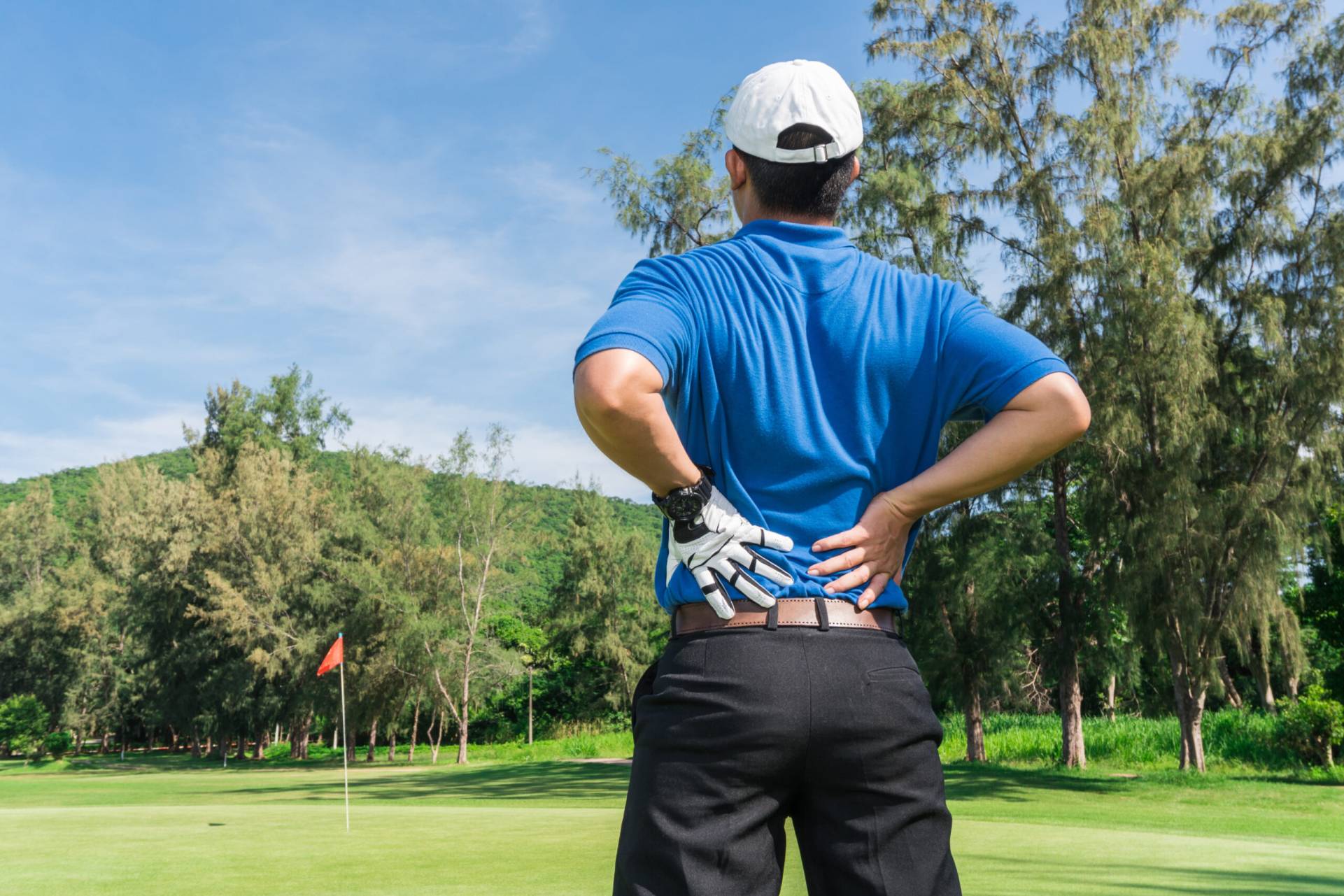
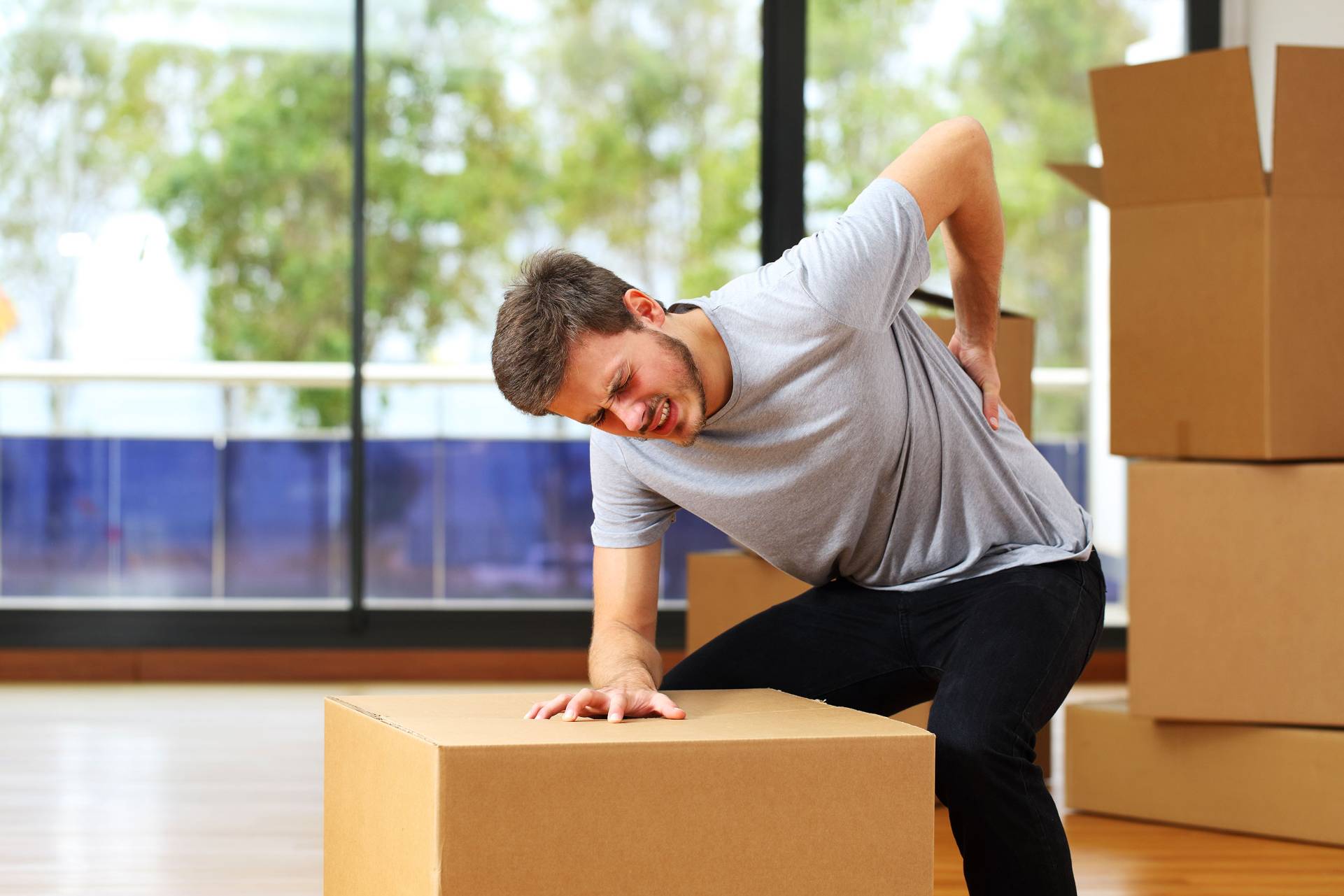
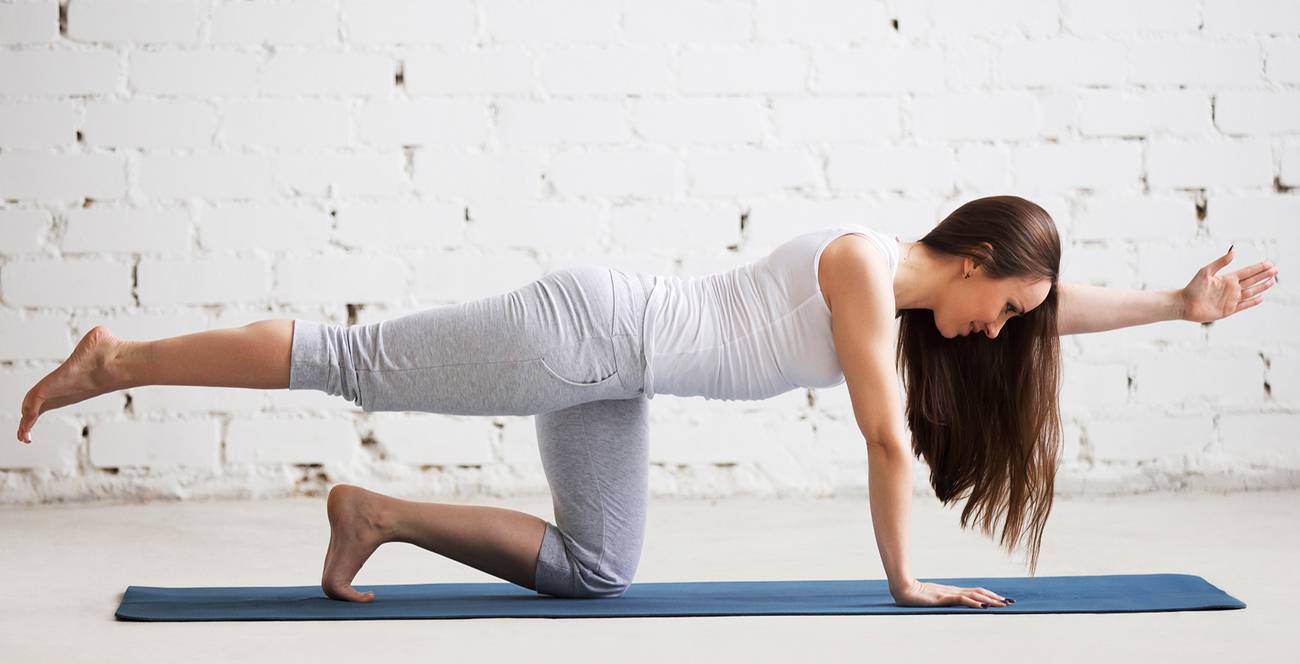
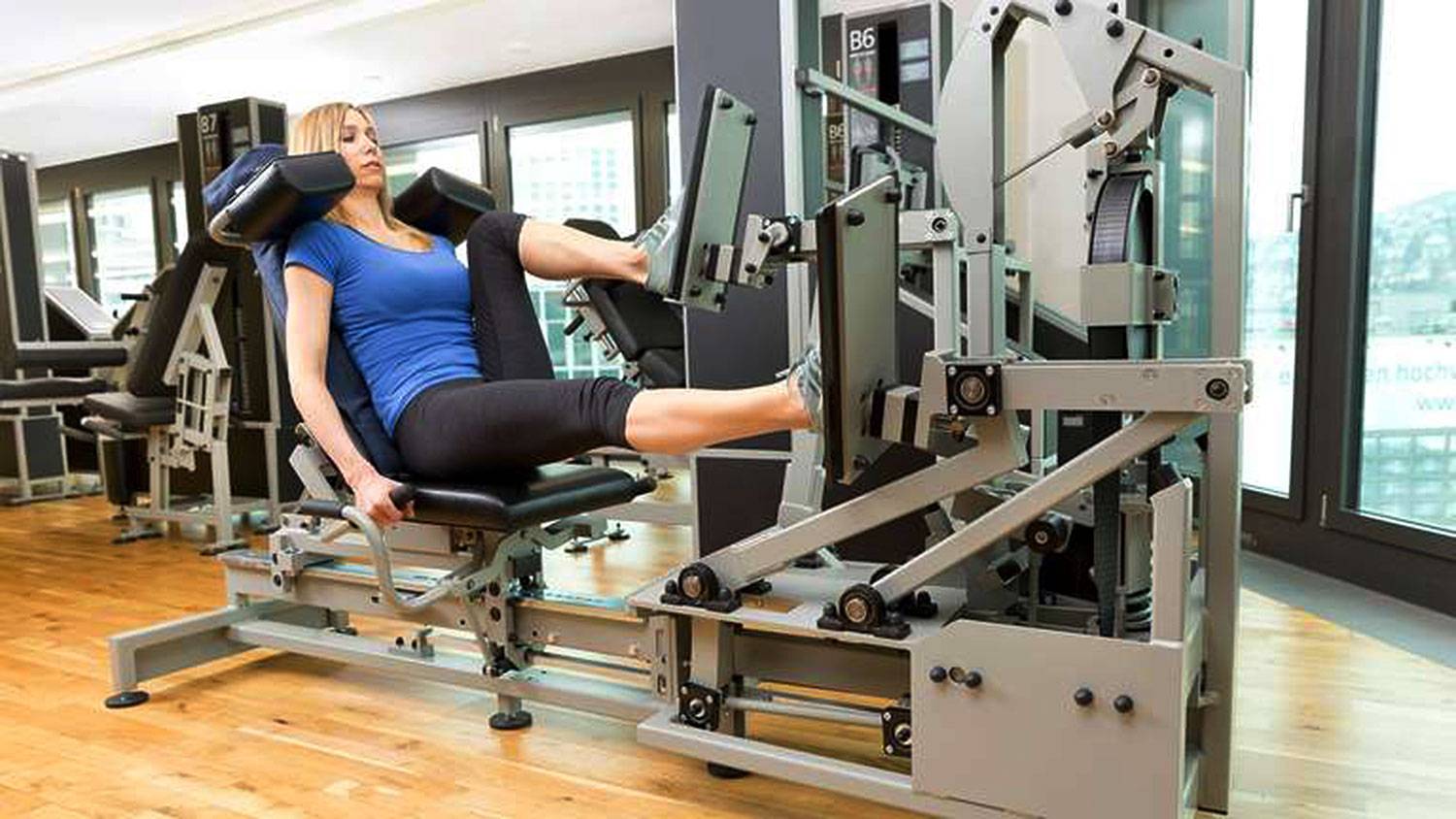
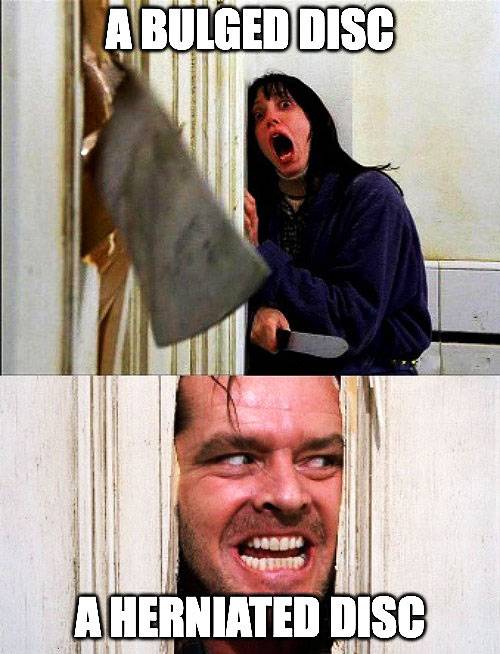
Golf is perhaps the one sport most closely associated with lower back pain. Around 30% of golfers experience back pain during or after golf. Is this related to the actions of the golf swing itself, or other factors?
Disc injury is the most common form of lower back pain. Bulges, age-related degeneration, lateral herniation and end plate injury are the most likely disc injuries, but the most common is a disc bulge.
A lack of core stability is often cited as one of the most common reasons for lower back pain. Most people, even rehab professionals, are ignorant of true core function and its relevance to lower back injury.
Machine-based training is everywhere claiming the best results for treating lower back pain. for some people, it might work, but it is more likely to aggravate the condition further, and will never future-proof your body for some simple reasons.
A slipped disc is a common but inaccurate diagnosis. Discs can herniate, but true herniation is rare. Terminology matters, as it relates to professionalism and rehabilitation.